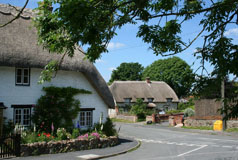
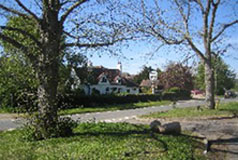
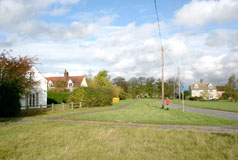
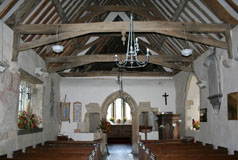
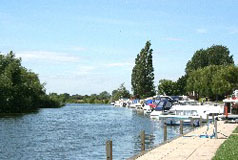
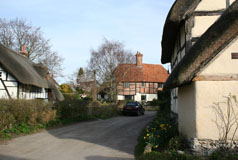
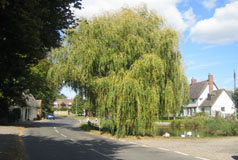
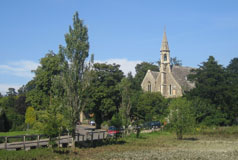
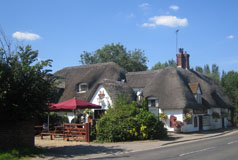
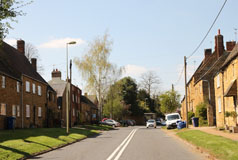
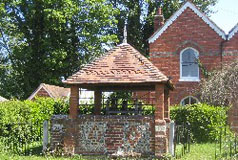
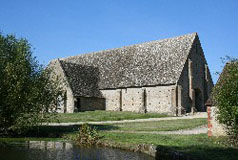
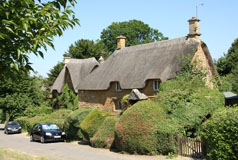
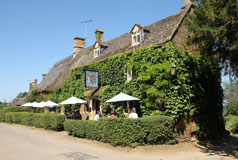
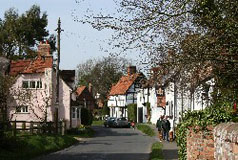
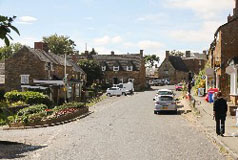
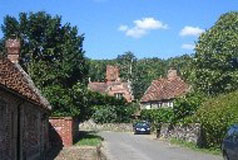
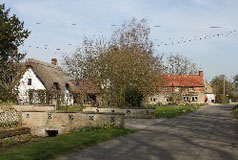
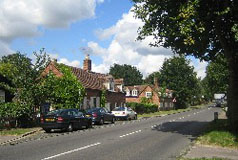
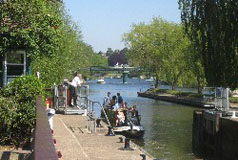
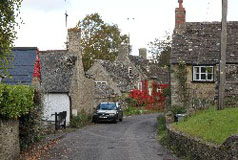
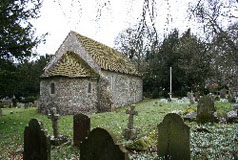
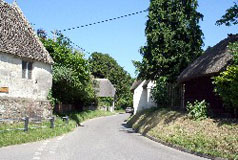
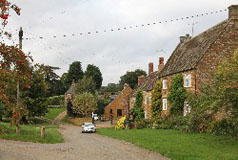
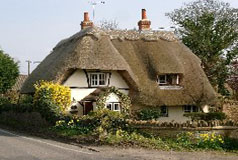

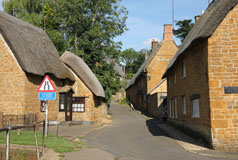
|
RADLEY
Near the church is the timber-framed vicarage, part of which is thought to date from the 13th century, and is said to have been used by Abingdon Abbey as a hunting lodge. The village school, which adjoins the churchyard, was probably built in 1871 but the school house is a very much older building. The name Radley is from two Old English words, read and leah, meaning red lea, or red clearing. Excavations locally have revealed that there has been human use or occupation of the Radley area successively by Neolithic, Bronze Age, Iron Age, Roman, and Saxon people, since before 3000 BC. Opposite the church is Radley College, a public school for boys aged between 13 and 18 years. Radley is about half a mile east of the eastern perimeter road around Abingdon. |
|













